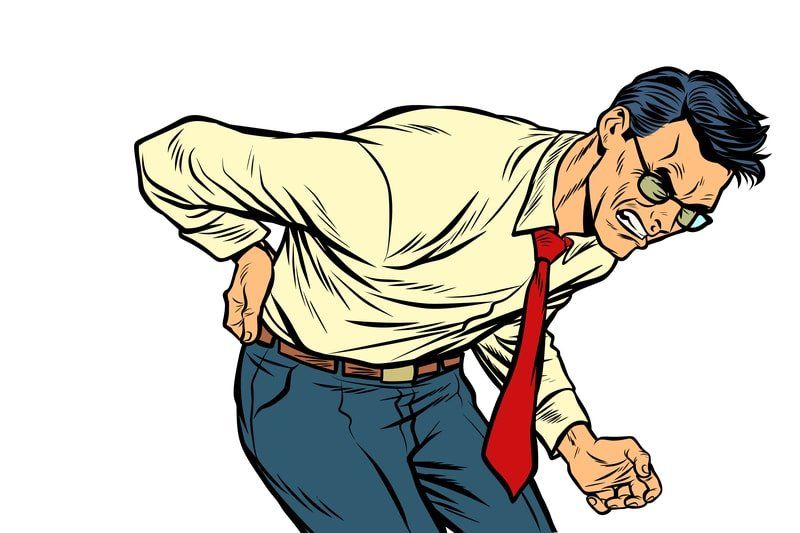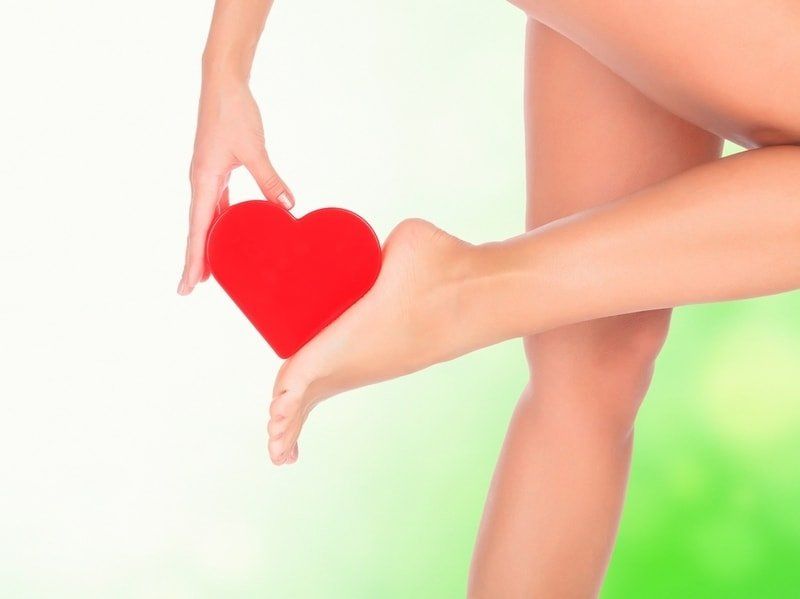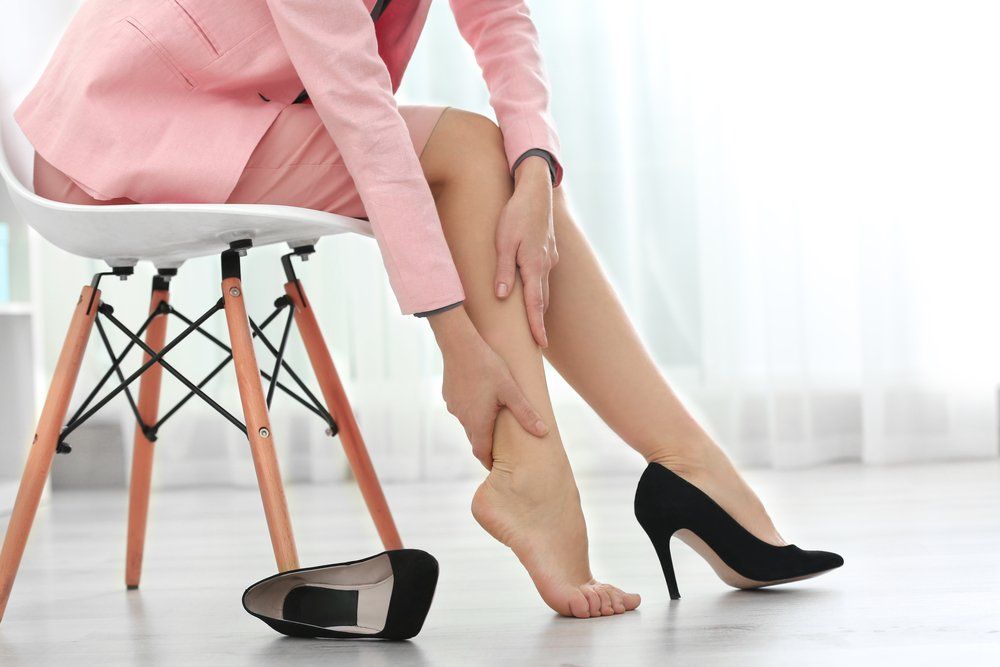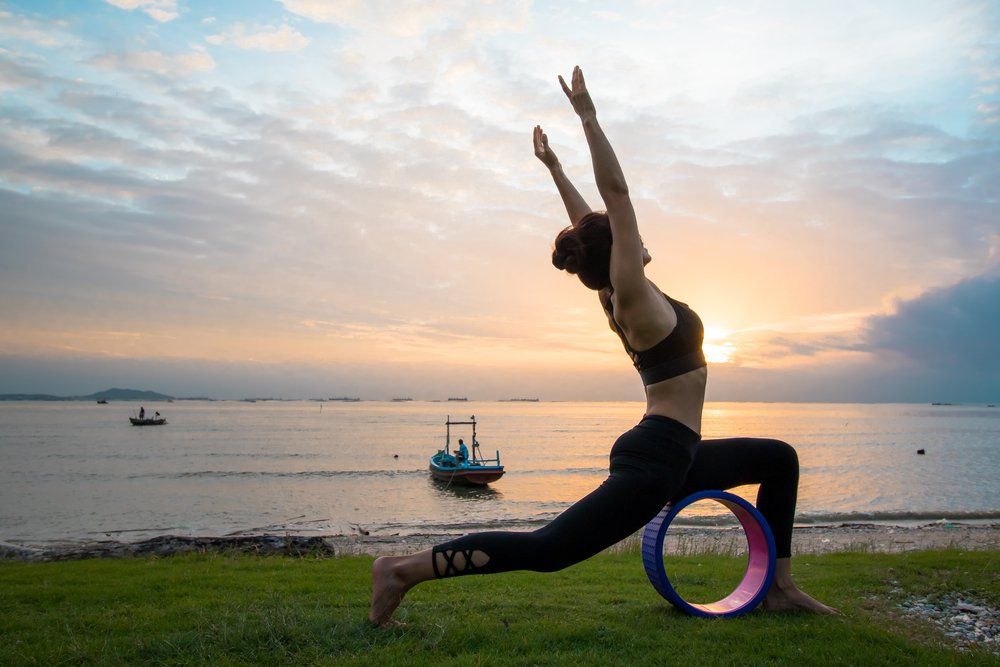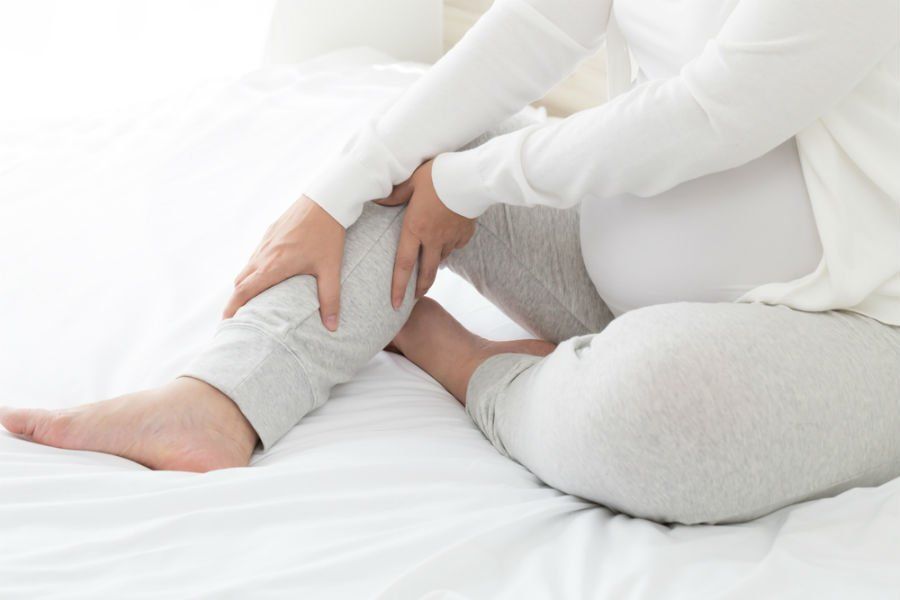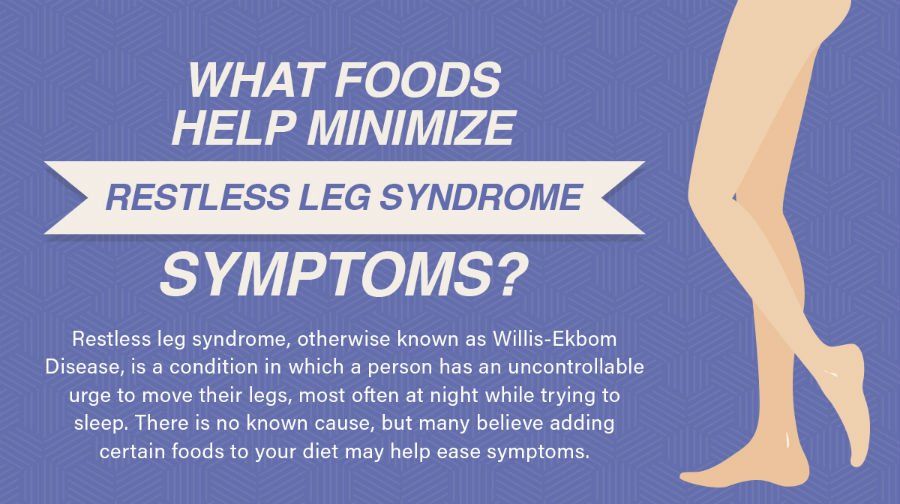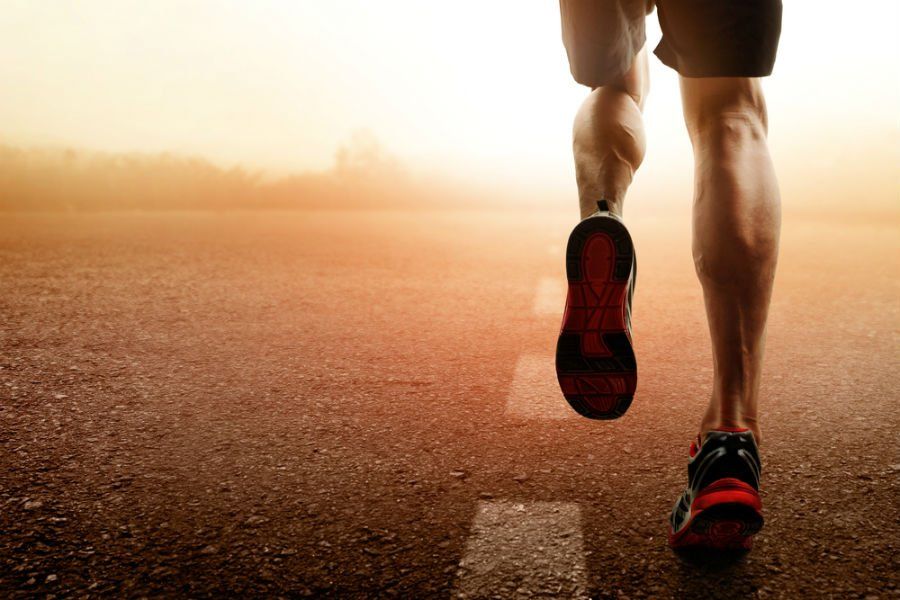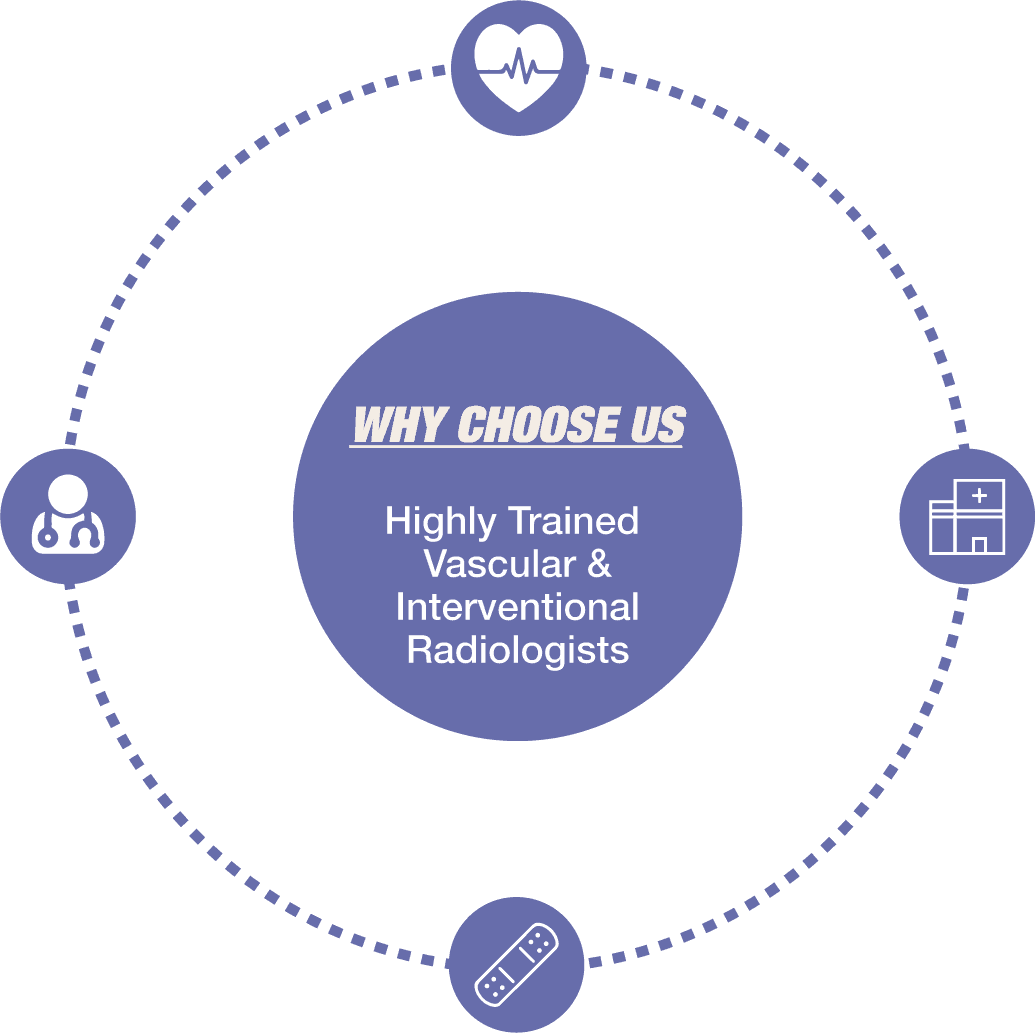5 Benefits of Wearing Compression Socks
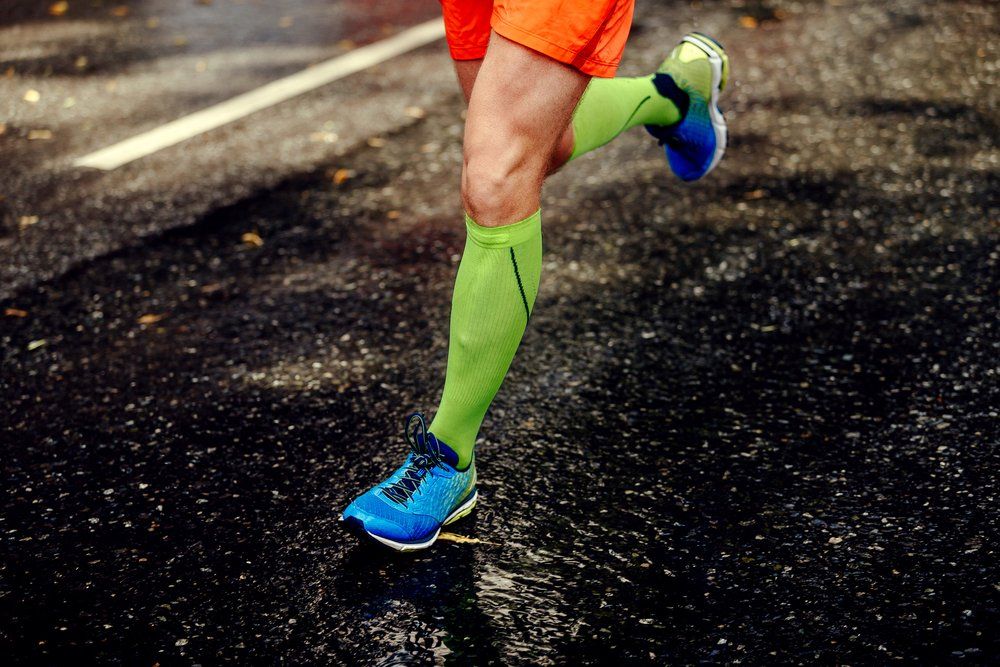
Clothing is important when it comes to circulatory health. While doctors recommend you avoid wearing tight-fitting clothes if you have poor circulation, compression socksare the exception. When worn properly, these stockings can be a valuable addition to a treatment plan designed to improve blood flow in the legs.
How Compression Socks Work
Compression socks are made of a strong elastic that puts pressure on the muscles in your legs. This forces blood to travel back to the heart, limiting the strain on veins and minimizing symptoms
of venous reflux disorder.
Stockings come in a variety of compression levelsmeasured in millimeters of mercury (mmHg). The most common levels include:
- 15-20 mmHg (over the counter)
- 20-30 mmHg (medical class 1)
- 30-40 mmHg (medical class 2)
- 40-50 mmHg (medical class 3)
Lower level compression socks can help with mild swelling and tired legs, while stockings with a higher level of compression are best for managing spider and varicose veins and blood clots.
Compression stockings are available in many colors, fabrics and styles so they can be worn for nearly any occasion.
Benefits of Compression Socks
Improve Blood Flow
The circulatory system pumps blood from your heart to other organs through veins. The blood recirculates back to the heart as your muscles contract. If you have a vein disorder, this process can be disrupted, causing poor circulation. Compression socks mimic your muscles’ ability to pump bloodfrom the lower legs back to the heart, improving blood flow throughout your body.
Prevents Blood Pooling
As blood circulates through the body, tiny valves keep it from flowing backward, or refluxing, into the legs and other parts of the body. If the valves are damaged, blood pools in the legs. This is known as chronic venous insufficiency
(CVI), which can cause symptoms such as:
- Cramps
- Pain
- Swelling
- Ulcers
- Varicose veins
Compression legwear can prevent blood pooling in the legs and feet and lessen the severity of other symptoms you’re experiencing.
Decreases Blood Clot Risk
Deep vein thrombosis
(DVT) occurs when blood clots form in veins deep inside your body, most commonly in the legs. DVT can lead to serious complications, including pulmonary embolism (PE) – a blood clot that travels to the lungs and blocks an artery.
A higher DVT risk is linked to certain surgical procedures and flights longer than four hours. Compression socks can prevent clots from forming in these situations.
Reduces Leg Swelling
Swelling may not seem like a major issue, but fluid buildup in the legs can be very painful and indicate a serious medical condition such as CVI. The pressure can burst blood vessels, leading to ulcers and possible infection.
Compression stockings prevent fluid buildup and can relieve pain from swelling.
Improves Varicose Vein Symptoms
Varicose veins are not just a cosmetic concern – they can cause symptoms such as:
- Bleeding from veins
- Heavy feeling in legs
- Itchiness around veins
- Throbbing pain
Wearing compression stockings helps the vein valves function properly, allowing blood to flow to your heart more easily, relieving these symptoms.
When to Wear Compression Socks
Compression socks should be worn regularly for optimal results. You should put them on first thing in the morning before you get out of bed. Once you stand up, gravity kicks in and compromises blood flow. Wearing stockings will help keep the valves in the right positionand support healthy blood circulation throughout the day.
Noninvasive Relief for Vein Problems in Central Georgia
Compression socks are a nonsurgical tool for combatting vein diseases, but if you’re experiencing severe pain or swelling from varicose or spider veins, you may need to seek more aggressive medical treatment.
Vascular & Interventional Radiology Associates of Central Georgia (VIRA) offers nonsurgical relief for venous reflux disorder symptoms. Our doctors are the only ones in the area using the latest Laser Vein Therapy, enabling us to develop a treatment plan that’s tailored to your needs. Call 478-757-8868 today or visit us online to take our vein assessment
and schedule your appointment.


